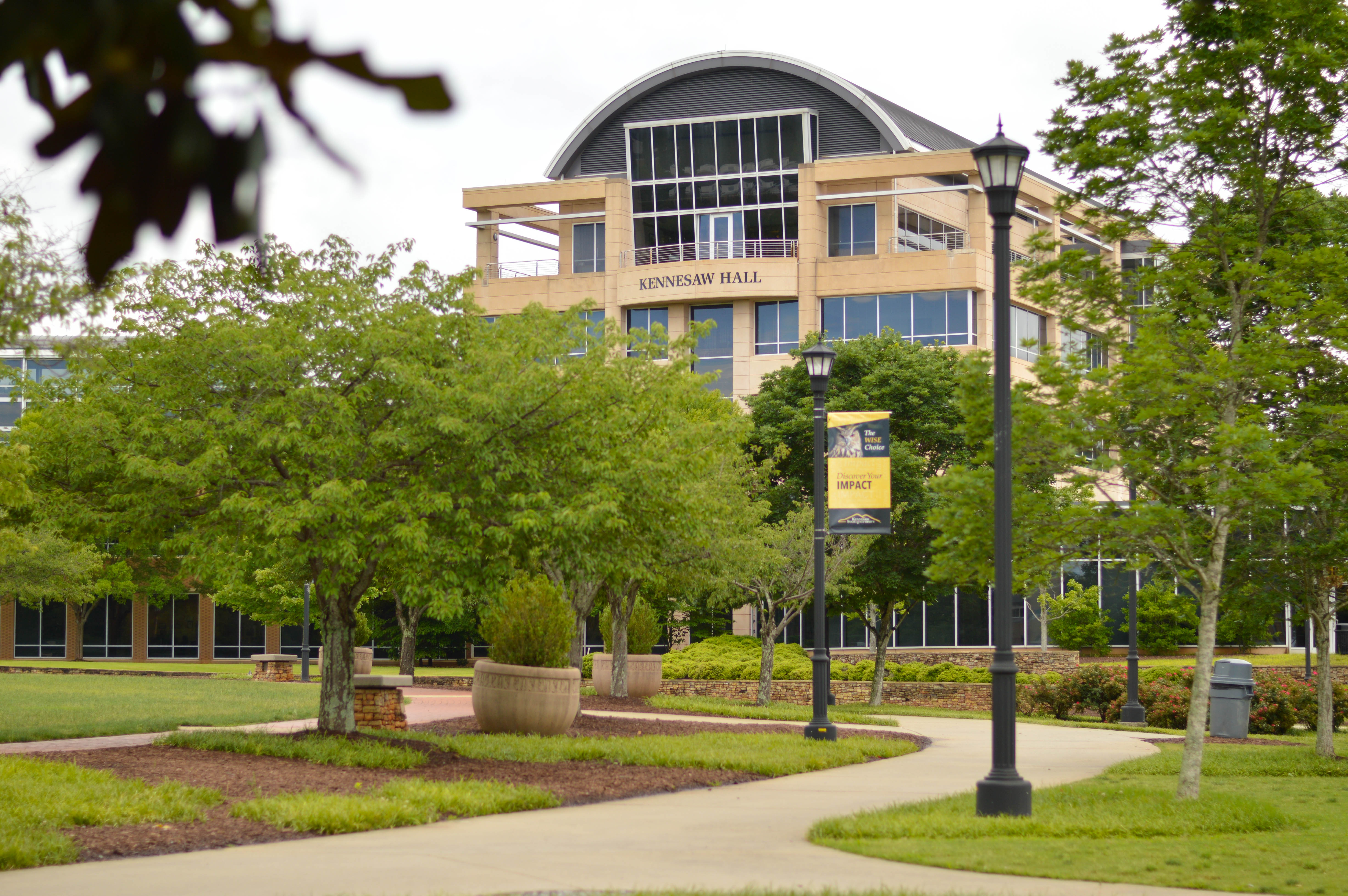Kennesaw State’s total annual budget for the 2019 fiscal year increased by nearly $30 million from the 2018 fiscal year.
According to budget summary acquired from the office of fiscal services, KSU’s total annual budget for the 2018-19 year is over $560 million, an increase from last year’s $537 million.
Over $350 million of these funds are part of the educational and general funds comprised of state appropriations and tuition and institutional fee revenue, according to the office of fiscal services’ website. These funds have increased from over $280 million in 2015.
The university received $183 million in tuition revenue and nearly $150 million in state appropriations. The other $32 million in the educational and general funds budget comes from revenue from other institutional fees.
The remaining $201 million in the budget was generated from sponsored revenue, pell, sales and services, technology fees, indirect cost recovery, auxiliary services and student activities.
Most of the budget areas increased by at least $200,000, according to the budget summary. The indirect cost recovery budget, however, remained the same from 2018, and the student activities budget decreased by $600,000.
University officials have recently discussed possible future changes in the budget. Former Provost and Vice President of Academic Affairs Ken Harmon discussed setting an enrollment cap at KSU in 2016 after the campus started to become overcrowded.
Future budget changes might also be made after the University System of Georgia finishes its Comprehensive Administrative Review of the universities in Georgia.
USG Chancellor Steve Wrigley announced the initiation of the CAR at a board meeting in April 2017, and the review is meant to take an in-depth look at administrative functions and gather information from all 27 USG institutions.
The USG announced that it will use information gathered from the CAR to restructure operations and realign positions as a way to be more effective with the university system’s resources.
While Harmon was serving as the interim president before President Pamela Whitten took over the position, he said that the university is also looking for ways to reallocate resources.



